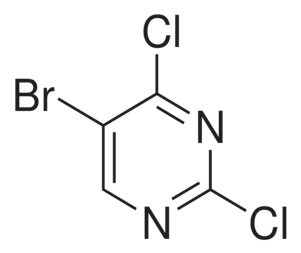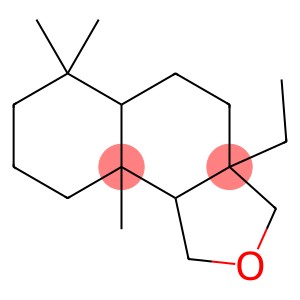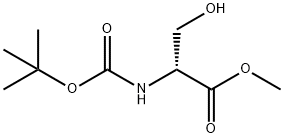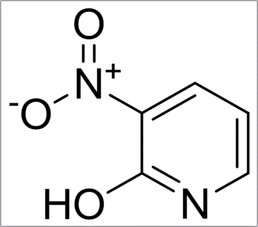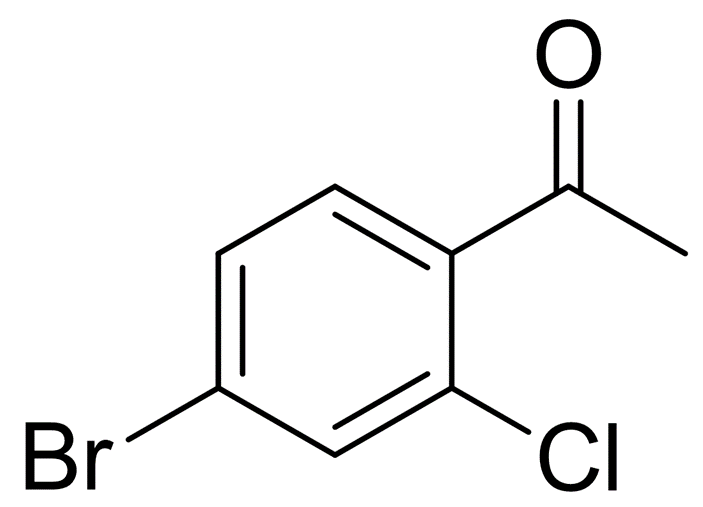5-Bromo-2 4-dichloropyrimidine(CAS# 36082-50-5)
| Risk Codes | R23/24/25 – Toxic by inhalation, in contact with skin and if swallowed. R34 – Causes burns R43 – May cause sensitization by skin contact |
| Safety Description | S26 – In case of contact with eyes, rinse immediately with plenty of water and seek medical advice. S27 – Take off immediately all contaminated clothing. S36/37/39 – Wear suitable protective clothing, gloves and eye/face protection. S45 – In case of accident or if you feel unwell, seek medical advice immediately (show the label whenever possible.) |
| UN IDs | UN 3263 8/PG 2 |
| WGK Germany | 3 |
| HS Code | 29335990 |
| Hazard Note | Toxic/Corrosive |
| Hazard Class | 8 |
| Packing Group | III |
Introduction
5-Bromo-2,4-dichloropyrimidine is an organic compound.
Quality:
- Appearance: 5-Bromo-2,4-dichloropyrimidine is a white crystalline solid.
- Solubility: 5-Bromo-2,4-dichloropyrimidine has low solubility in water and is soluble in organic solvents such as ethanol and acetone.
Use:
- Pesticides: 5-bromo-2,4-dichloropyrimidine can be used as a pesticide component of heterocyclic compounds, mainly for the control of aquatic weeds and broad-spectrum weeds.
Method:
The synthesis of 5-bromo-2,4-dichloropyrimidine can be carried out by different methods, a common method is to react 2,4-dichloropyrimidine with bromine. This reaction is generally catalyzed by sodium bromide.
Safety Information:
- 5-Bromo-2,4-dichloropyrimidine may decompose at high temperatures, producing toxic hydrogen chloride gas. High temperatures and strong acids should be avoided during handling and storage.
- 5-Bromo-2,4-dichloropyrimidine is irritating to the eyes and skin and must be avoided. Appropriate protective gloves, glasses, and a lab coat should be worn during operation.


